Kevin Boyle is the Director of Explosive Training at Onelife Fitness, where he oversees 21 gym locations throughout the Washington area, and has worked as a fitness coach for the Washington Spirit.
With a plethora of fitness-related technology on the market (think Peloton bikes, the Mirror home gym, or Apple Watches), it can be daunting to choose which is right for you and your level of activity.
But Boyle believes using technology to improve your fitness routine is important. “Innovation is a core value of our company,” Boyle says of Onelife Fitness, “so we regularly seek out new technology and equipment that can help our clients succeed.”
Here, Boyle recommends five different tools that utilize technology to help monitor your health and activity level.
Fitbit Charge 3
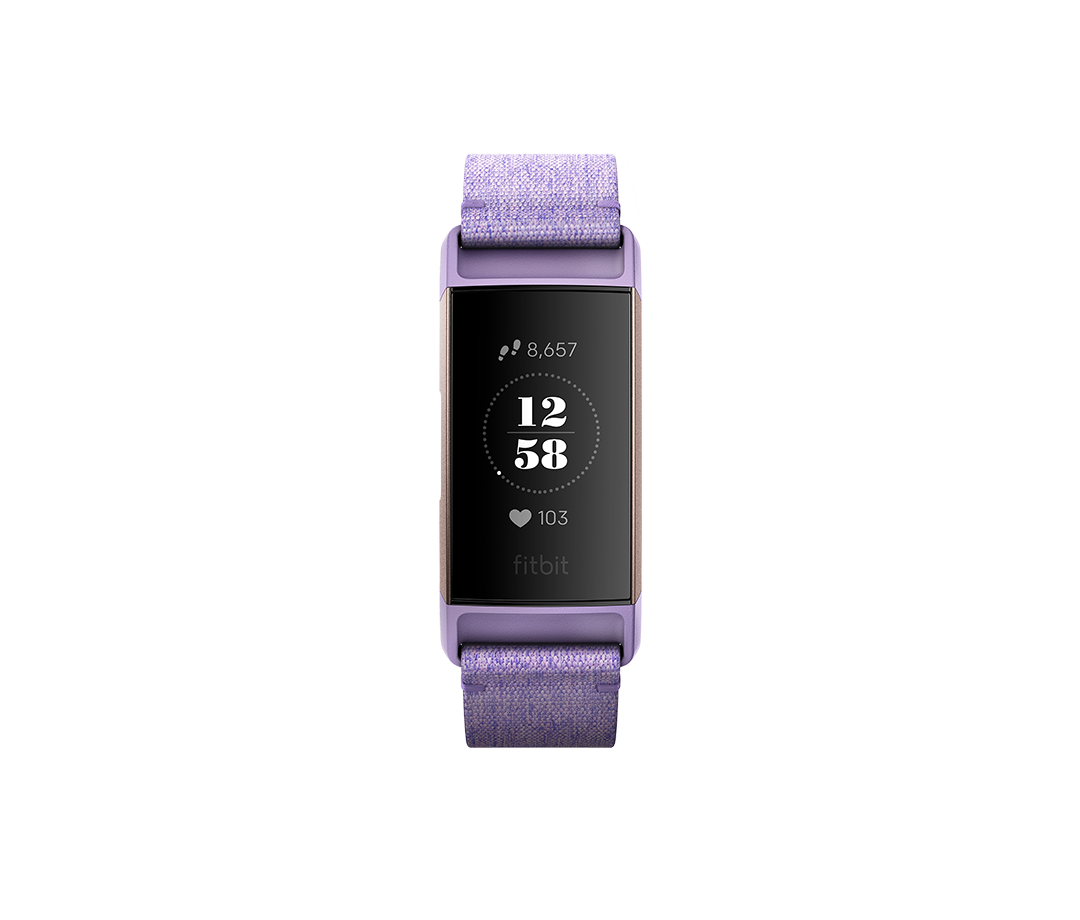
This is a great basic tool for anyone looking to move more, says Boyle. It tracks your heart rate 24/7 so it can better record the calories you burn throughout the day, monitors your sleep, automatically begins tracking any exercise, and is swim-proof.
“This is a fantastic accountability and motivational tool that looks great so you don’t feel weird about wearing it all the time,” says Boyle. “If you want to use technology to positively impact your overall health, this is a great entry-level tracker.” $140; fitbit.com
Polar H10 Heart Rate Sensor
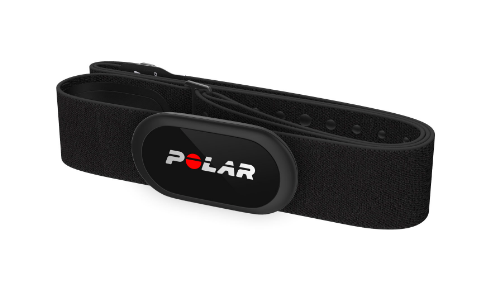
Boyle calls Polar products “the gold standard” when it comes to heart rate monitoring. If you want to enhance conditioning and endurance, Boyle recommends this strap. It can be used alone or with one of Polar’s watches, and it connects to an app on your smartphone (as well as some fitness equipment).
“If you are training to improve your endurance, heart rate monitoring is the only way to truly know your intensity,” says Boyle. “You can make sure that you aren’t overtraining on ‘easy’ days to enhance recovery, and that you are pushing hard enough to get results on ‘hard’ days.” $90; Polar.com
Vert
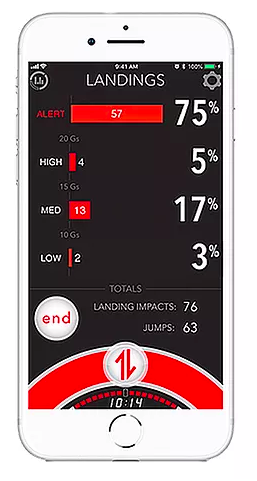
This sensor is for the explosive athletes, says Boyle. It connects to your phone via an app and tracks the amount of power in each of your movements, the height of your jumps and your landing impact, the quality of your movements, and your running speed.
Such intense monitoring helps to lower the risk of injuries, too, says Boyle.
“There is a sweet spot in training for power and speed. You have to jump and sprint with maximum intensity each rep,” he says. “However, if you do this too much in a single training session or too often throughout the week, then you will not improve and can actually increase your injury risk.” $150; myvert.com
MARQ Driver
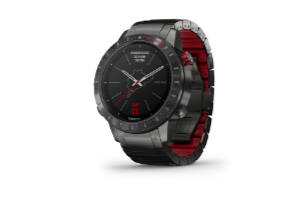
This Garmin watch will run you over $2,000, but it comes with a lot: tools to track your oxygen levels and stress score, a GPS, a topographical map system, and the layout of 250 golf courses and race tracks, to name a few features.
So, yes, it is for serious athletes (or serious technology junkies). “It is ridiculous how many features this watch has, but that’s what you are paying for at this price point,” says Boyle. “One of my favorite clients was an elite Triathlete who also built and raced cars on road tracks around the country. This is a watch that he would have loved to have.” $2,500; garmin.com
Bar Sensei
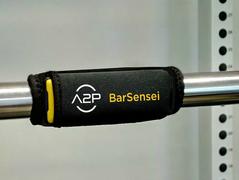
This is for the weight lifters. Connect this sensor to a barbell or dumbbell at the gym, and it will monitor the power and speed with which you are lifting. All this information is sent back to an app, which then helps you analyze and improve your performance.
And it isn’t just for Olympic weightlifters, says Boyle—it can help beginners work toward getting stronger.
“It helps you to know when to increase your lifts, and it tells you how well you lifted a weight instead of just how much you lifted,” he says. “If you are powering a weight up versus struggling through a rep, then you know you can increase the resistance safely.” $375; assess2perform.com
https://ift.tt/30jT30w

0 Response to "5 Pieces of Technology That Will Improve Your Workout - Washingtonian"
Post a Comment